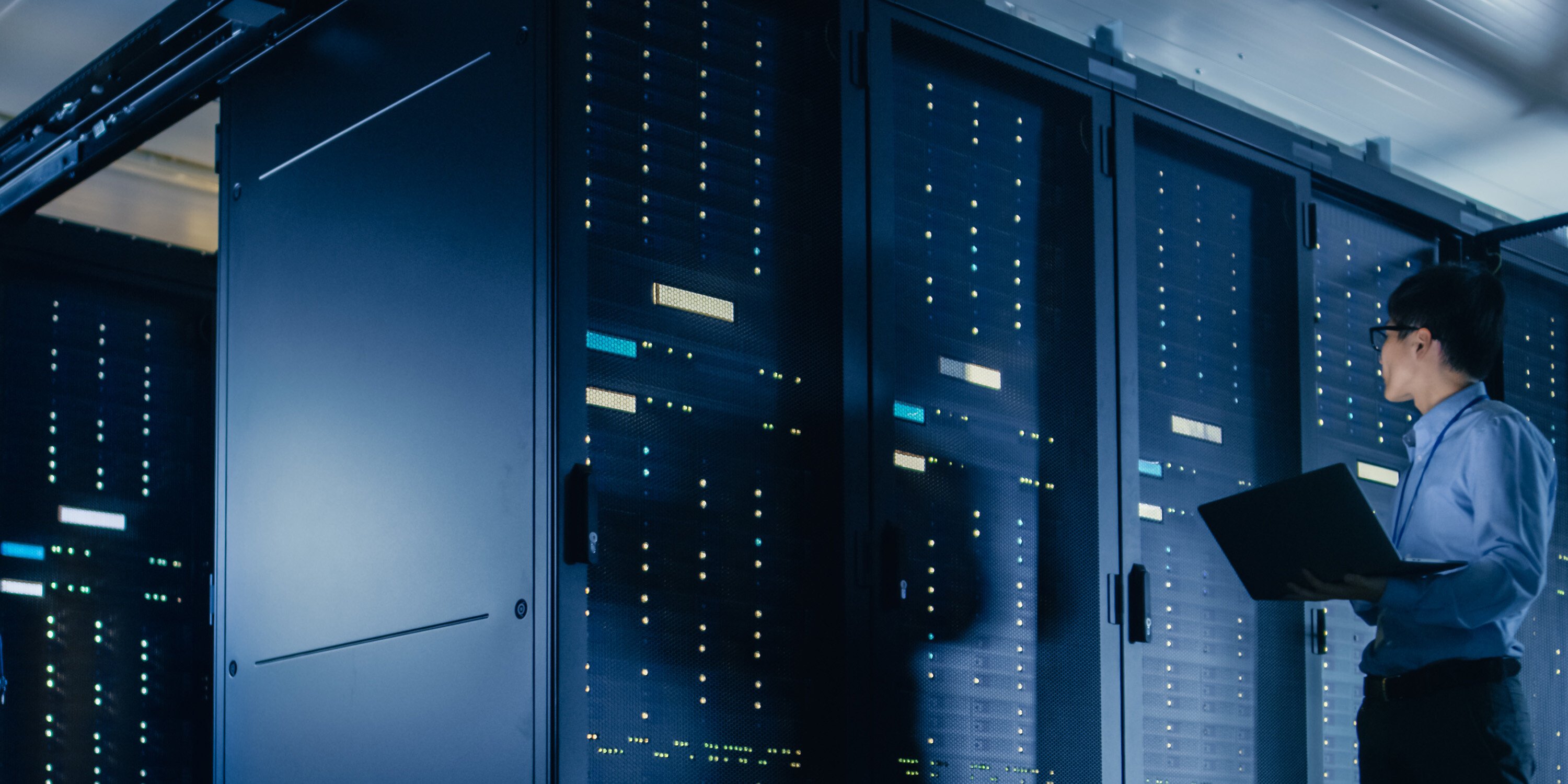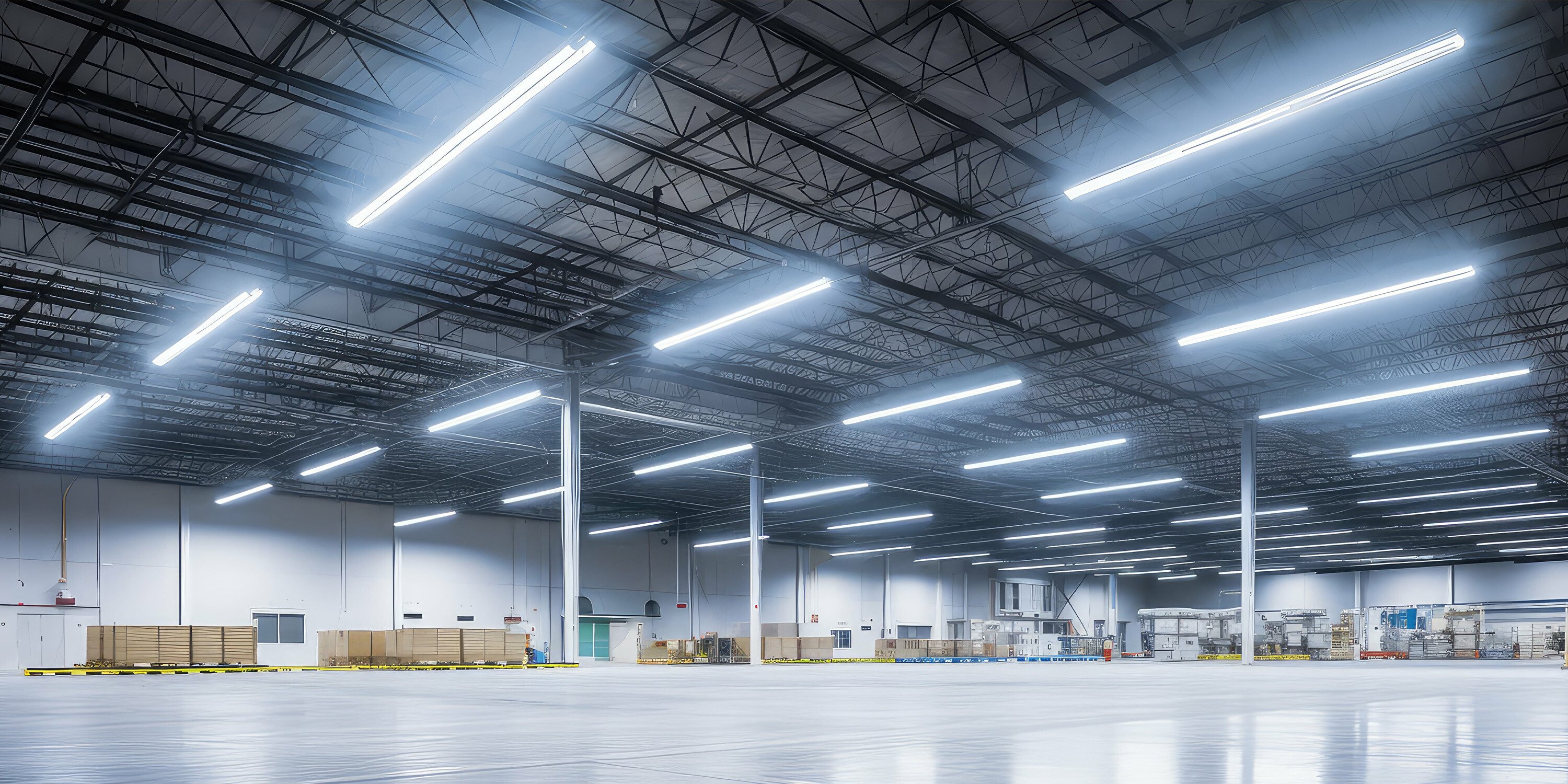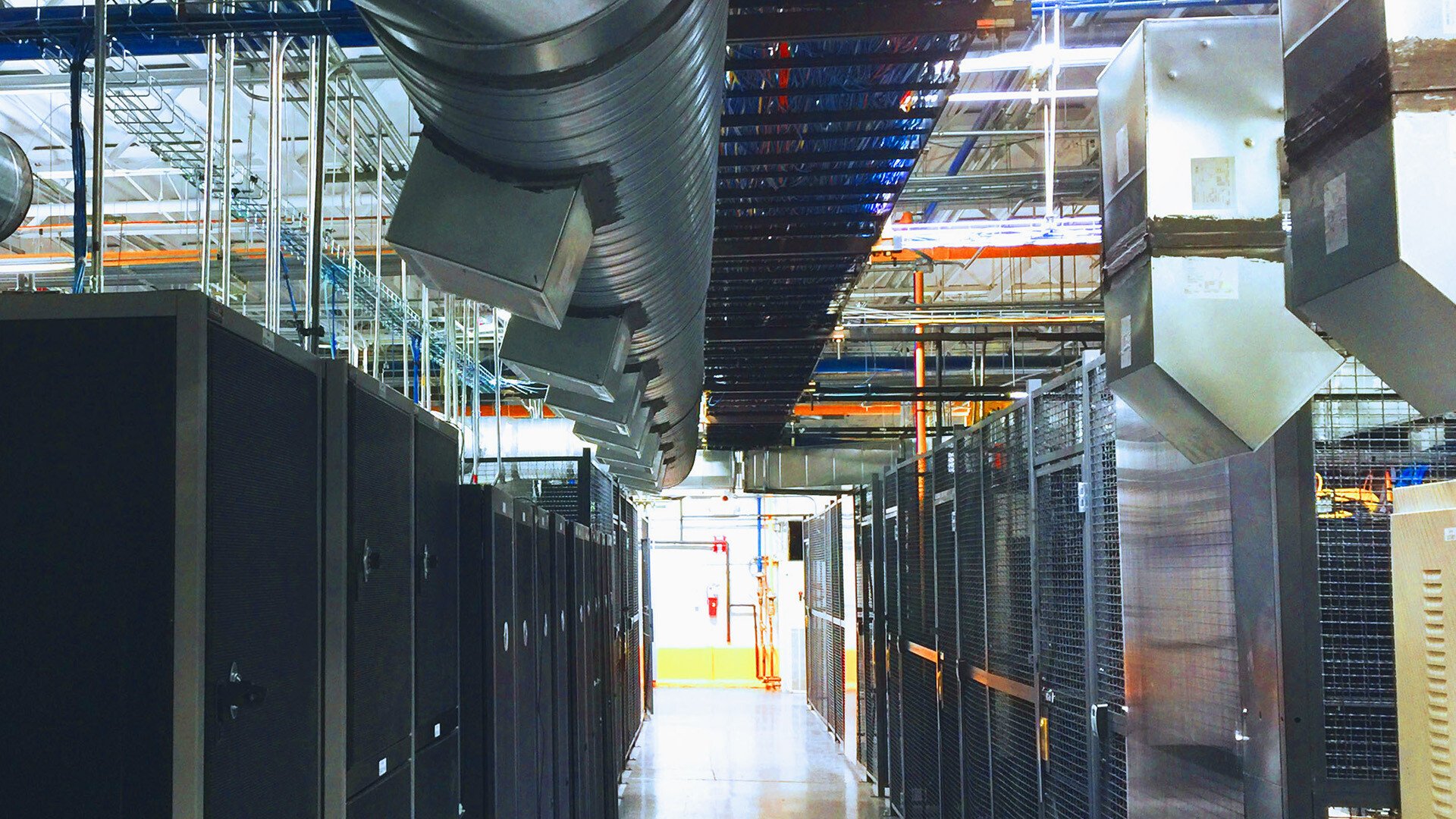Energy Efficiency | December 6, 2018
Energy Efficiency in Biotech and Pharma
Biotech and pharma energy consumption is significant. In fact, because of higher standards for environmental conditions, the overall energy usage intensity (EUI) for pharmaceutical plants is 14x higher than other types of manufacturing facilities.
High biotech and pharma energy use
The average commercial office building built after 2000 has an average EUI of 81.4 kBtu/sq. ft. (257 kWh/m2), while the average pharmaceutical plant has an EUI of 1,210 kBtu/sq. ft. (3,819 kWh/m2). In 2016 in the U.S., these critical industries, which create products to alleviate suffering, prevent illness, cure diseases, and otherwise maintain and improve human health, were valued at approximately $446 billion in 2016. The year before, the overlapping U.S. biotechnology industry was valued at over $330 billion. As noted above, these businesses consume a lot of energy to meet their mission.
Finding ways to improve energy consumption is low hanging fruit these companies should be paying attention to – it can really make a difference to the bottom line.
5 biotech functions affected by energy efficiency are:
-
-
Research and development
-
Manufacturing
-
Formulation
-
Packing
-
Filling
-
Upgrading HVAC in pharmaceutical facilities will save money
Heating, ventilation, and air conditioning (HVAC) systems run non-stop and can account for up to half of the energy consumed by an industrial facility. In the pharma and biotech sectors, these environmental controls are critical to keep equipment and machinery operating properly, to maintain safe temperatures for chemical and biologic agents, and to ensure the people working in the facilities are comfortable.
In these types of facilities, HVAC components may be regulated and monitored by the U.S. Food and Drug Administration, and are required to adhere to additional standards both in the U.S. and in the countries where the business operates and/or sells its products. Though this is an extra step, it’s one that energy efficiency consultants in the industry are prepared to handle – to ensure that any project to replace or update the HVAC system conforms to the appropriate standards.
In research and development facilities in particular, another job of the HVAC system is controlling the air, such as fume hoods that contain and vent toxic gases and clean rooms that require controlling humidity and temperature, and the flow, pressure, and motion of the air inside the room.
Some ways of increasing efficiencies for HVAC systems include:
-
Scheduling HVAC system functions
-
Upgrading equipment
-
Installing a biotech or pharma Energy Management System
Energy management systems enable energy efficiency by providing a central view of the system. Pharmaceutical and biotechnology companies can then track performance, identify trends, and highlight potential problem areas. With the ability to see how the energy is distributed and used, companies can budget more appropriately, test cost saving scenarios, and identify and repair trouble quickly.
6 reasons to upgrade to LED lighting in pharmaceutical facilities:
Although lighting uses a relatively small amount of energy, upgrading lighting can improve energy efficiency and reduce costs. Advanced lighting options, such as LED lighting, are more efficient or better than fluorescent tubes in terms of lumens per watt and provide cost savings, even with the upfront labor and material costs of installing the new lighting. The benefits of upgrading lighting include:
-
-
Reducing pharma energy consumption and associated costs
-
Saving on costs for replacement bulbs – LED lighting lasts up to 25,000-50,000 hours of use compared to fluorescent, which last up to 10,000-15,000 hours of use.
-
Saving on lighting maintenance and replacement labor costs
-
Saving disposal fees for hazardous light bulbs – LED lighting, unlike fluorescent lights, does not contain mercury which is hazardous and must be disposed of properly
-
Creating safer work spaces with consistent bright lighting
-
Creating healthier work spaces by reducing eye strain, headaches, and fatigue that can be caused by poor lighting
-
With their important mission to save and improve lives, taking time to improve energy efficiency in pharmaceutical and biotechnology facilities can feel like a tough challenge – because of the upfront costs and potential disruption to activities.
Yet, this short list of how energy efficiency can improve costs and working conditions shows that pharmaceutical and biotechnology companies can make a real difference to the bottom line by making some straightforward changes like these.
Related Posts
Discover more content and insights from Mantis Innovation

The Cost of Inaction: Why Businesses Should Act Now on Energy Efficiency
In today's fast-paced business environment, the financial and operational losses businesses incur by delaying energy efficiency improvements, the "cost of inaction," is more relevant than ever.

In today’s AI era, human intelligence is the key to data center facility and energy optimization
Nowhere else in modern industry do artificial and human intelligence converge with such transformative potential as in the world of data centers. As AI's extraordinary growth accelerates demand for

Your Guide to LED Lighting for Business and Commercial Buildings
Never to be underestimated, LED lighting and well-designed lighting retrofits and upgrades offer businesses big improvements like reduced energy costs, reduced emissions, and improved working

Five Trends Driving Data Center Facility Energy Optimization
Today’s digital economy, commercial and industrial digitalization, and the recent explosion in artificial intelligence and machine learning (AI/ML) powered computing are driving massive growth in